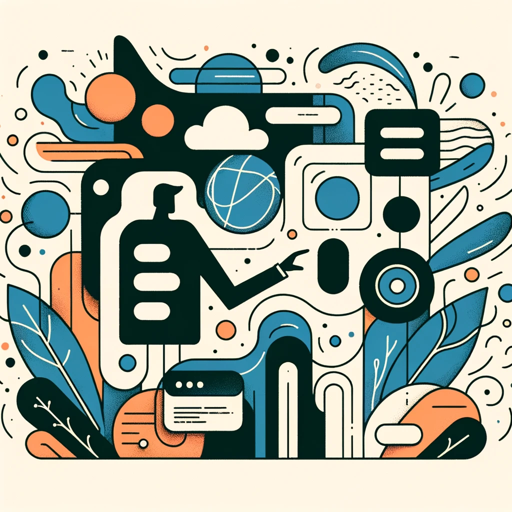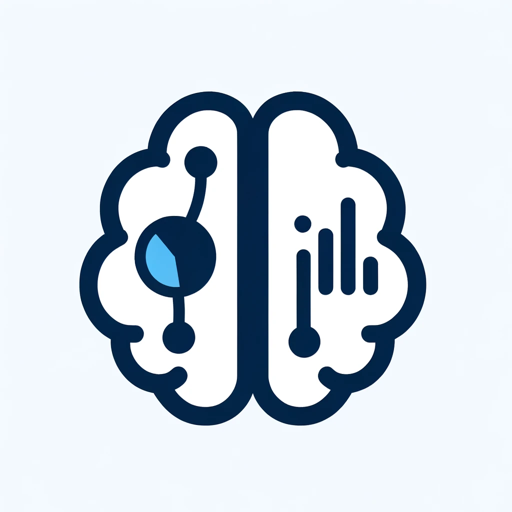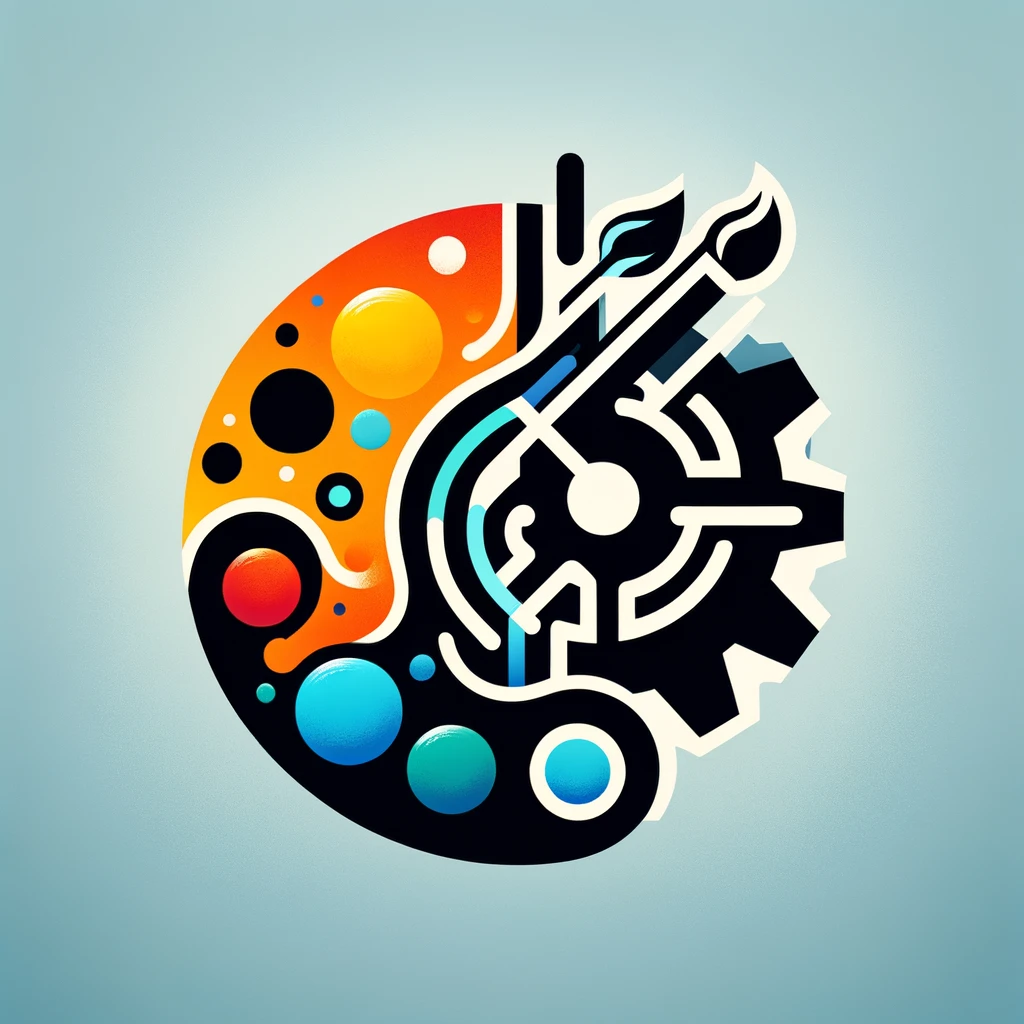456 Situation-based Skills Program Designer-AI-driven skills application designer
AI-powered tool for skill-based impact
Create a Course Canvas for the following competency description:
Suggest the 5 most common, important situations where a middle manager communicates with their staff
Suggest 3 productivity/personall effectiveness tools or job aides for an individual contributor in a large corporate.
Based on the above Course Canvas, generate an 8-week 456 Smart Learning journey to achieve the learning outcomes.
Based on the Canvas Learning Outcomes create a Baseline Behavior Frequency Survey of 8 statements.
For the following situation and tool, generate a conversation between a boss and their subordinate.
Related Tools
Load More
Expert Programmer
Expert in programming with a focus on simplifying code

Design Assistant
A creative helper in UX Design
Design Pattern
Create incredible designs for your clothing and decoration collections.
Hexagist Problem Solving - Strategy Formation
Harness the wisdom of colossal figures like Elon Musk and historical lessons from nature's resilience, mirroring strategies that have stood the test of time.

ABAP Helper
Your SAP ABAP coding assistant.

SFMC Programmatic Languages Expert
Expert in Salesforce Marketing Cloud's programmatic languages.
20.0 / 5 (200 votes)
Introduction to the 456 Situation-based Skills Program Designer
The 456 Situation-based Skills Program Designer is a comprehensive tool designed to create structured, impactful learning journeys based on real-world scenarios. It focuses on enabling learners to apply their newly acquired mindsets, skillsets, and toolsets to specific situations they face in their professional or personal lives. The system is grounded in the 5-phase development model, which integrates situation-based learning, the STAR framework (Situation, Try, Actions, Results), and the 6 Learning Labs. The program emphasizes practical skill application and the consolidation of learning over time. For example, a manager might use this framework to improve team communication through a STAR plan, identifying a situation, trying a new communication technique, applying actions, and measuring the result through team feedback.

Key Functions of the 456 Situation-based Skills Program Designer
Situation Mapping and Application
Example
Using the Faces & Places Map, learners identify key stakeholders (Faces) and scenarios (Places) where they can apply their new skills.
Scenario
A mid-level manager completes a Faces & Places Map to improve stakeholder engagement. They list the peers and situations they need to work on, like weekly strategy meetings, and decide to practice active listening and inclusive communication techniques to foster better collaboration.
STAR Story Planning
Example
Learners use the STAR (Situation, Try, Actions, Results) framework to plan and execute skill applications in their real-world contexts.
Scenario
A marketing team member identifies an upcoming product launch meeting as their STAR situation. They plan to use the meeting as an opportunity to practice clear communication (Try), laying out actions like preparing talking points and setting expectations, and aim to measure success by improved team alignment (Result).
5-Phase Learning Journey
Example
Each learning journey is organized through the 5 phases: Introduce & Enroll, Baseline & Measure, Engage & Inspire, Build & Integrate, and Consolidate & Sustain.
Scenario
An HR professional enrolls in a leadership development program and follows the 5-phase process. In Phase 2 (Baseline & Measure), they identify gaps in their current performance. In Phase 3 (Engage & Inspire), they attend workshops to gain new leadership techniques, which are then applied during Phase 4 (Build & Integrate) in real workplace situations.
Ideal Users of the 456 Situation-based Skills Program Designer
Corporate Leadership and Development Teams
Chief Learning Officers, Learning & Development Managers, and Training Directors benefit from 456's focus on measurable, real-world impact. The framework addresses pain points like a lack of post-training application, helping leaders track skill application and results across teams.
Mid-Level Managers and Individual Contributors
Mid-level managers and team leads can leverage the STAR framework and the Faces & Places map to apply new skills directly in their daily work. By linking learning to real situations, they achieve tangible improvements in communication, team dynamics, and project management.

How to Use the 456 Situation-Based Skills Program Designer
Visit aichatonline.org for a free trial without login
Begin by visiting the site aichatonline.org to explore the 456 Situation-Based Skills Program Designer, no login required and no need for ChatGPT Plus.
Set your Learning Objectives and Personas
Understand the learner's baseline using tools like the Faces & Places Map and Baseline Survey to identify key people, situations, and outcomes to focus on during the program.
Define the Skill Gaps and Situations
Use the Situation Canvas to clearly define the learner's real-world challenges and contexts. This will guide which skills, behaviors, and tools they need to apply.
Leverage 456 Smart Learning Tools
Incorporate tools from the 6 Learning Labs and 4 Lines of Learning to ensure learners engage with both the mindset and skillset, applying them in meaningful ways.
Track Application and Impact with STAR
After skills are taught, use the STAR (Situation-Try-Action-Result) framework to apply them in real-world situations and track progress, ensuring the learning impacts work and life.
Try other advanced and practical GPTs
MJ Muse
AI-Powered MidJourney Prompt Generator

Positive Psychology Practitioner
AI-powered tool to foster resilience and happiness

Databases Expert
AI-powered assistance for database queries

Kuulun D3-kuvabotti
Create visuals effortlessly with AI

Dezain Studio Build
AI-powered design solutions for every business.

GPT Business Intelligence
AI-Powered Business Strategy Insights

情书大师
Craft heartfelt letters with AI magic

Carpenter
AI-powered tool for carpentry solutions.

Creador de miniaturas para Web
AI-Driven Image Creation for WordPress

VIP Client Investment Letter Expert
AI-powered custom investment insights.

Creative Image Mixer
AI-powered image synthesis for creativity

International Relations GPT
AI-Powered Insights for Global Affairs

- Project Management
- Team Collaboration
- Conflict Resolution
- Leadership Development
- Coaching Skills
Frequently Asked Questions about 456 Situation-Based Skills Program Designer
What is the purpose of the 456 Situation-Based Skills Program Designer?
The 456 Designer helps learners apply new skills in real-world situations. By focusing on actual challenges, it ensures that learning leads to measurable outcomes and positive impacts in work and life.
How does the 456 Situation-Based Skills Designer ensure real-world application?
It uses tools like the Faces & Places Map to link learning to key stakeholders and situations. The STAR framework further solidifies the application of new skills through structured plans and measurable results.
What is the Faces & Places Map, and how does it support learning?
This tool helps learners identify key individuals and situations where they can apply new skills, focusing their learning on real, impactful scenarios that matter most in their professional and personal lives.
How do the 6 Learning Labs integrate into the skill-building process?
The 6 Labs provide practical, hands-on opportunities to practice, refine, and apply skills in contexts that mirror real-world scenarios, reinforcing learning and driving sustained performance improvements.
What outcomes can be expected from using the 456 Situation-Based Skills Program Designer?
Learners are expected to see direct improvements in their ability to apply new skills, with at least 80% documenting applied learning and impact. The STAR process ensures skills are put into action in critical situations.